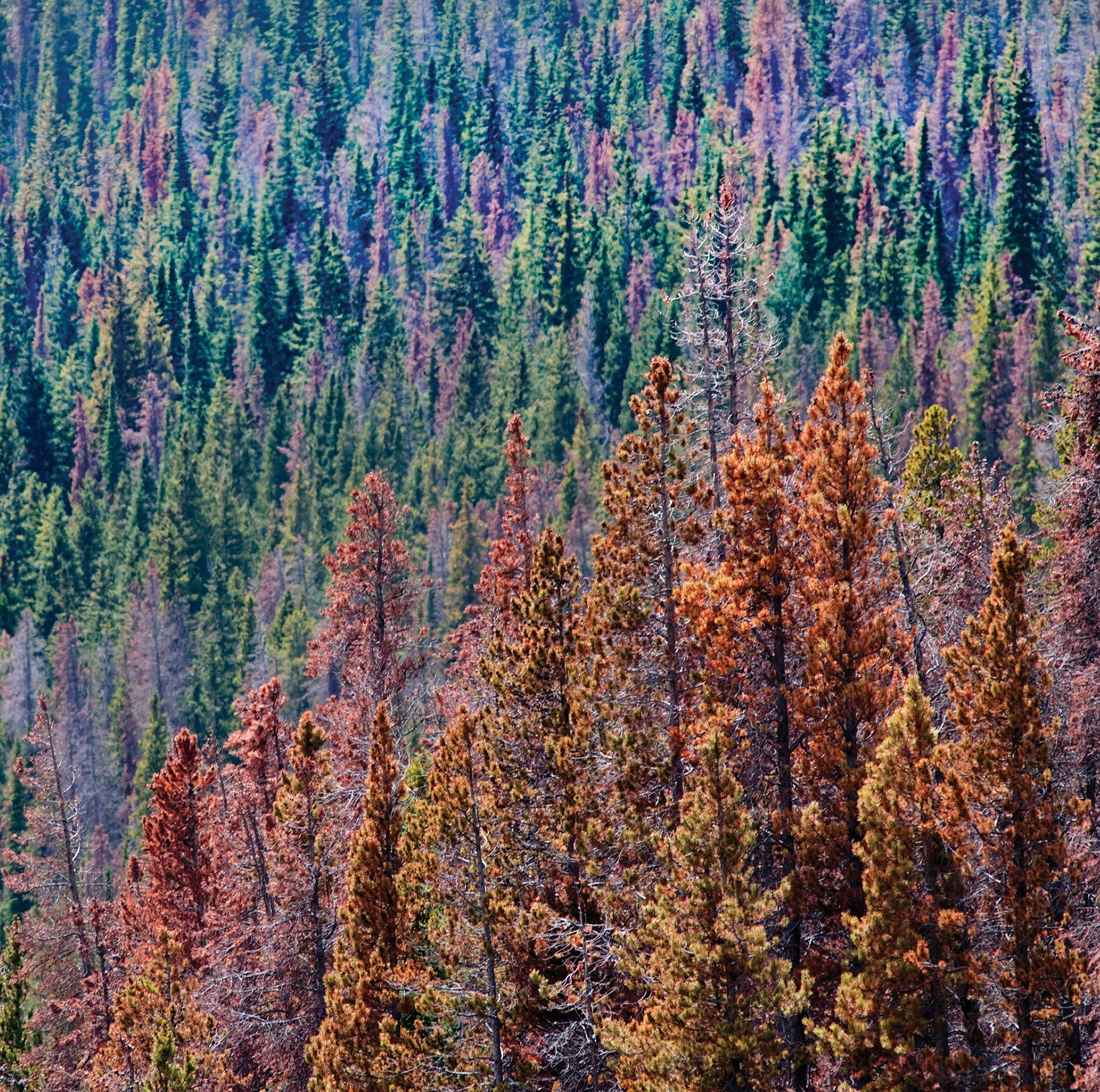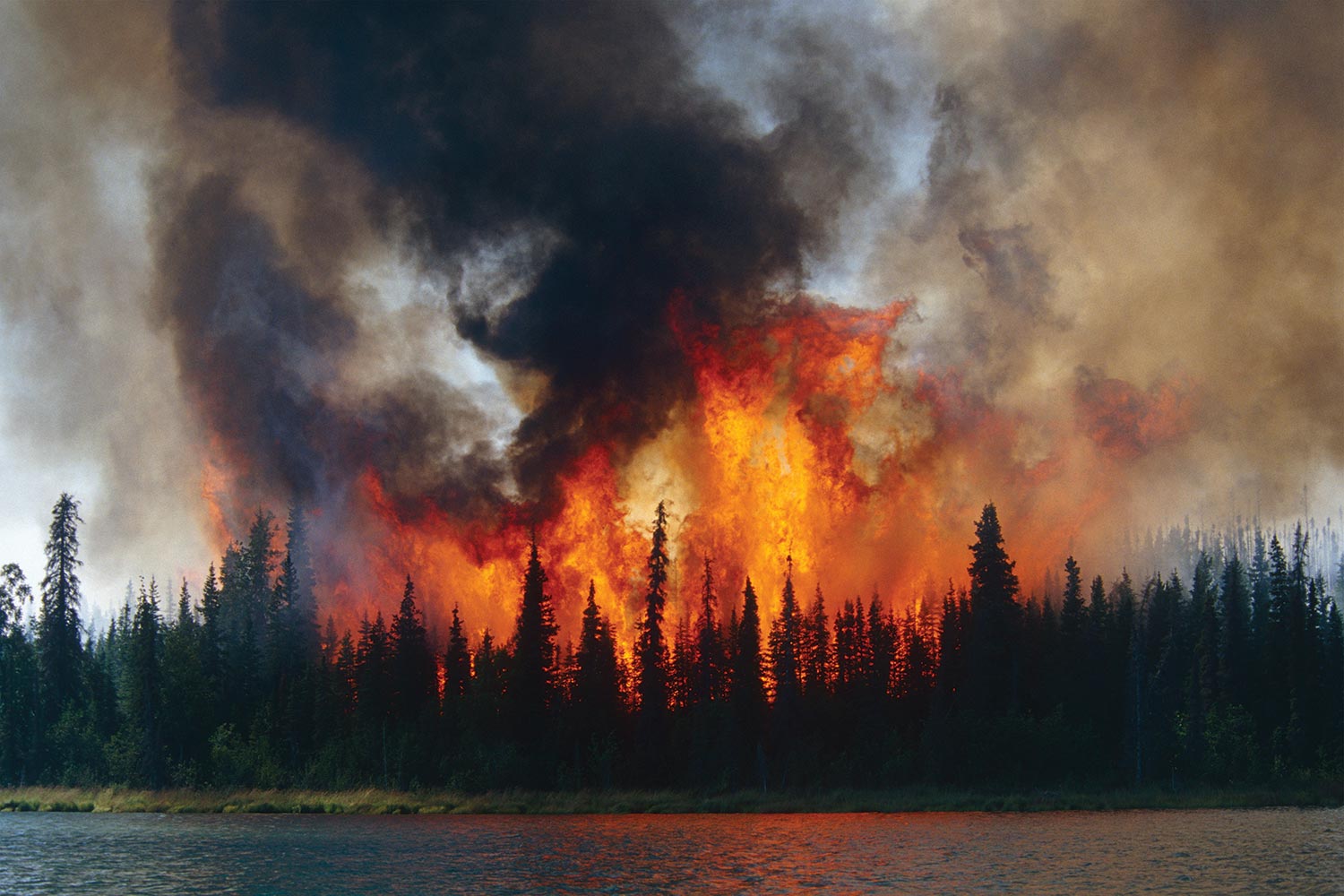Introduction
Forests occur within urban areas, at the interface between urban and rural areas (wildland-urban interface), and in rural areas. Urban forests contribute to clean air, cooling buildings, aesthetics, and recreation in parks. Development in the wildland-urban interface is increasing because of the appeal of owning homes near or in the woods. In rural areas, market factors drive land uses among commercial forestry and land uses such as agriculture. Across this spectrum, forests provide recreational opportunities, cultural resources, and social values such as aesthetics.1
Economic factors have historically influenced both the overall area and use of private forestland. Private entities (such as corporations, family forest owners, and tribes) own 56% of the forestlands in the United States. The remaining 44% of forests are on public lands: federal (33%), state (9%), and county and municipal government (2%).89 Market factors can influence management objectives for public lands, but societal values also influence objectives by identifying benefits such as environmental services not ordinarily provided through markets, like watershed protection and wildlife habitat. Different challenges and opportunities exist for public and for private forest management decisions, especially when climate-related issues are considered on a national scale. For example, public forests typically carry higher levels of forest biomass, are more remote, and tend not to be as intensively managed as private forestlands.1
Forests provide opportunities to reduce future climate change by capturing and storing carbon, as well as by providing resources for bioenergy production (the use of forest-derived plant-based materials for energy production). The total amount of carbon stored in U.S. forest ecosystems and wood products (such as lumber and pulpwood) equals roughly 25 years of U.S. heat-trapping gas emissions at current rates of emission, providing an important national “sink” that could grow or shrink depending on the extent of climate change, forest management practices, policy decisions, and other factors.39,68 For example, in 2011, U.S. forest ecosystems and the associated wood products industry captured and stored roughly 16% of all carbon dioxide emitted by fossil fuel burning in the United States.39
Management choices for public, private, and tribal forests all involve similar issues. For example, increases in wildfire, disease, drought, and extreme events are projected for some regions (see also Ch. 16: Northeast; Ch. 20: Southwest; Ch. 21: Northwest, Key Message 3; and Ch. 22: Alaska). At the same time, there is growing awareness that forests may play an expanded role in carbon management. Urban expansion fragments forests and may limit forest management options. Addressing climate change effects on forestlands requires considering the interactions among land-use practices, energy options, and climate change.97
























